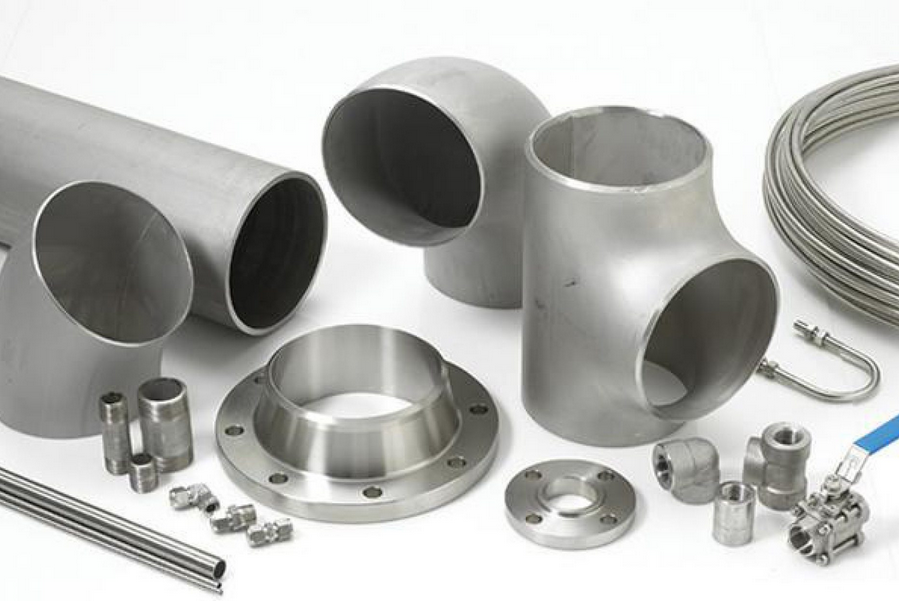

What is Type 304 stainless steel and what’s it used for? As such it is used extensively for sinks, tabletops, stoves, refrigerators, pots, pans dairy equipment, brewing industry, fruit industry, food processing plants, dye tanks, pipelines, and more. It is immune to foodstuffs, sterilizing solutions, most organic chemicals and dyestuffs, also a wide variety of inorganic chemicals. The chromium provides a corrosion and oxidation resistance, however it can tarnish. 18/8 actually refers to the amount of chromium and nickel in the alloy – 18% chromium and 8% nickel.Ī2 (304, 18/8) is an austenitic steel and is non-magnetic. Non-metal additions are also made, the main ones being:Ī2 stainless steel is often referred to as 304 or 18/8 Stainless. Other alloying elements are added to enhance the structure and properties such as formability, strength and cryogenic toughness. Passivation only occurs if the mixture of chromium is high enough. Stainless steels contain sufficient chromium to form a passive film of chromium oxide, which prevents further surface corrosion and blocks corrosion from spreading into the metal’s internal structure. This iron oxide film (the rust) accelerates corrosion by forming more iron oxide. Unprotected carbon steel rusts readily when exposed to air and moisture. Stainless steel differs from carbon steel by the amount of chromium present. Perhaps we could say “A highly corrosion-resistant grade of steel” The main point to make here is that it helps resist corrosion, it does not prevent it. The chromium helps the alloy to resist staining and corrosion. The molybdenum is added to help resist corrosion to chlorides (like sea water and de-icing salts).įirstly though, lets define Stainless Steel: Also known as inox steel from the French “inoxydable” is a steel alloy with a minimum of 10.5 % chromium. Some heat resisting steels from EN 10095 and creep resisting steels from EN 10302 are also included.The simple answer is 304 contains 18% chromium and 8% nickel while 316 contains 16% chromium, 10% nickel and 2% molybdenum. This reflects the apparent fact that some steels in the Standard are not practically available. Not all grades can be linked to a datasheet. In addition, there are some grades not in the current edition but which are expected to be in future editions. The table below contains all grades listed in EN 10088-3. Martensitic stainless steels – standard gradesĪustenitic stainless steels – standard gradesĪustenitic stainless steels – special gradesĪustenitic stainless steels – heat resisting gradesĪustenitic stainless steels – creep resisting gradesĪustenitic-ferritic (Duplex) stainless steels – standard gradesĪustenitic-ferritic (Duplex) stainless steels-special gradesĭatasheets for Long Products Based on EN 10088-3


Some heat resisting steels from EN 10095 and creep resisting steels from EN 10302 are also included.įerritic stainless steels – standard gradesįerritic stainless steels – special gradesįerritic stainless steels – heat resisting grades The table below contains all grades listed in EN 10088-2. Datasheets for Flat Products Based on EN 10088-2 However, the Special Grades Matrix gives a more comprehensive list of companies able to supply the product. The existence of a datasheet for the more unusual grades probably indicates the ability to supply. The codes used in the following tables are: Ace Steel grades are arranged according to the main EN standards for flat and long products. Occasionally, we have included a datasheet for grades which are not covered by Members’ datasheets.

These datasheets are most often linked to BSSA Members. Rather than create a new set of datasheets, it has been decided to make use of the excellent datasheets which already exist. The Stainless Steel Advisory Service receives requests for datasheets for individual steel grades. Stainless Steel Grades Datasheets Introduction


 0 kommentar(er)
0 kommentar(er)
